Now Available: New Stan VanDerBeek Prints + Files
Posted September 1st, 2022 in Announcements, New Acquisitions, New Digital Files, New Films, News / Events
Canyon Cinema is delighted to announce a major new deposit from the Stan VanDerBeek Archive. This incredible trove of recently preserved works by the prolific multimedia artist, scientist, and inventor includes 12 new 16mm prints and 8 new digital files.
New Prints + Files:
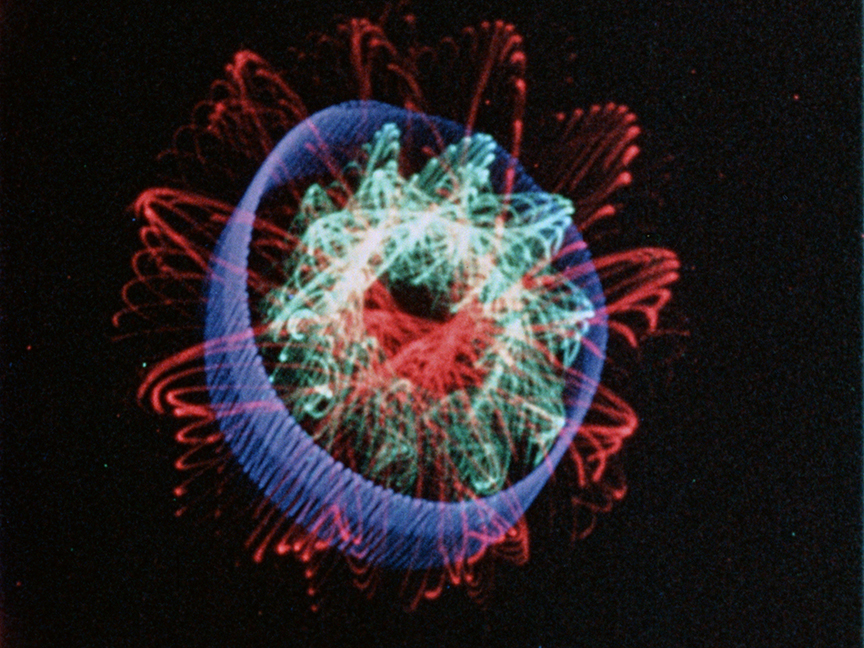
Who Ho Rays (1972, 8 minutes, color, silent, 16mm or digital file)
“The shapes of sound filmed from a computer system that reproduces analog patterns from sounds. This pioneer work in animated computer mandalas is a lyric abstract song to the analog molecular rhythms of the computer. ” – Stan VanDerBeek

Oh (1967, 12 minutes, color, sound, 16mm or digital file)
“Assassination, falling down, animated drawings from the landscape of memory, mankind falling down, faces within faces, a haunting view of man drawn in brilliant animation graphics.” Made in reaction to the assassination of Robert Kennedy and shooting of Andy Warhol. Commissioned by the University of St. Thomas Media Center, Houston Texas.
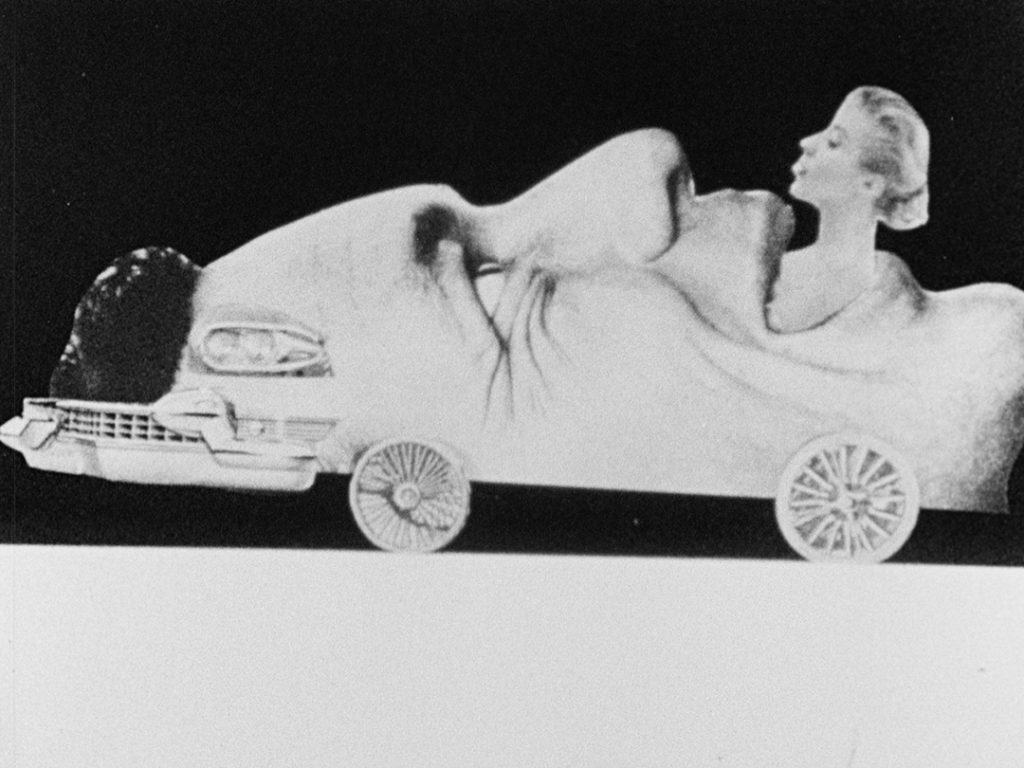
Wheeeeels No. 1 (1958, 5 minutes, b&w, sound, 16mm or digital file)
A companion piece to Wheeeeels No. 2, exploring more of the highways and by-ways of “American on Wheels” with the filmmaker’s gentle surgery on the American pop-consciousness very much in evidence.

Wheeeels No. 2 (1958, 5 minutes, b&w, sound, 16mm or digital file)
Dedicated to Detroit and subtitled “America on Wheels.” A fantasy farce on the car of everyday life. Everything is a vehicle, life is in motion, motion is the means, the automation is the mean mania of today.
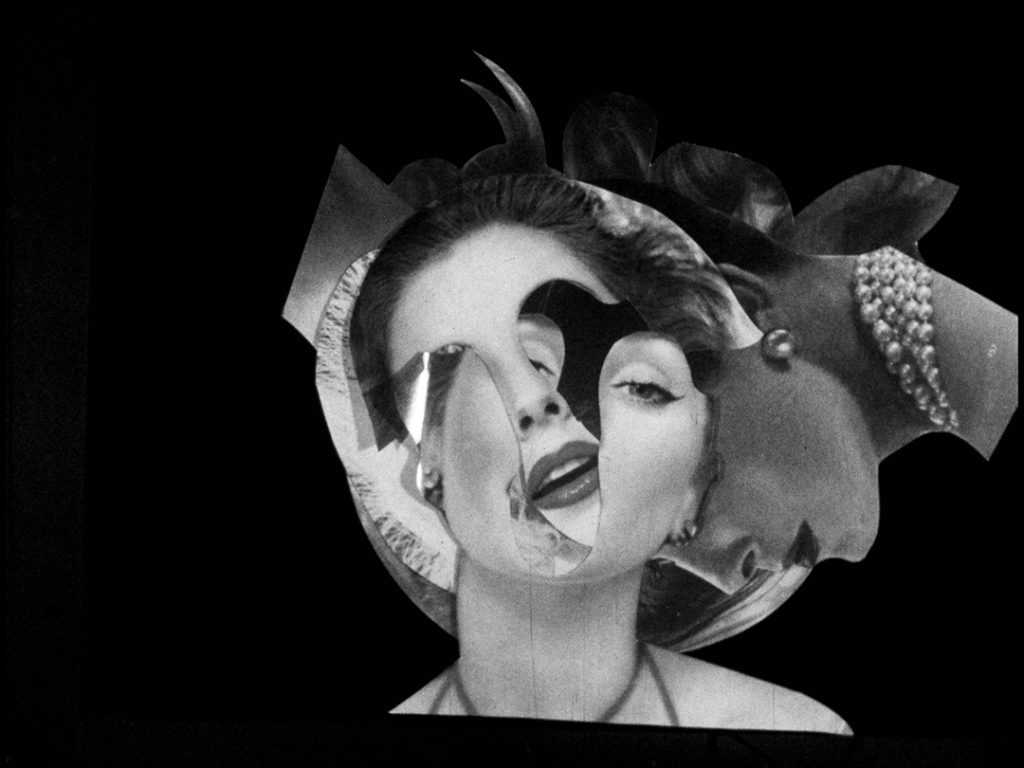
What, Who, How (1957, 7 minutes, color, sound, 16mm or digital file)
An animated collage film, a landmark in the beginning of social surrealism and pop art in 1957.
New Prints:

Euclidean Illusions (1980, 10 minutes, color, sound, 16mm or digital file)
A fantasy film of illusive geometry, changing and rebuilding itself by computer animation, unique visual magic done while artist-in-residence at NASA in Houston in conjunction with Richard Weinberg.
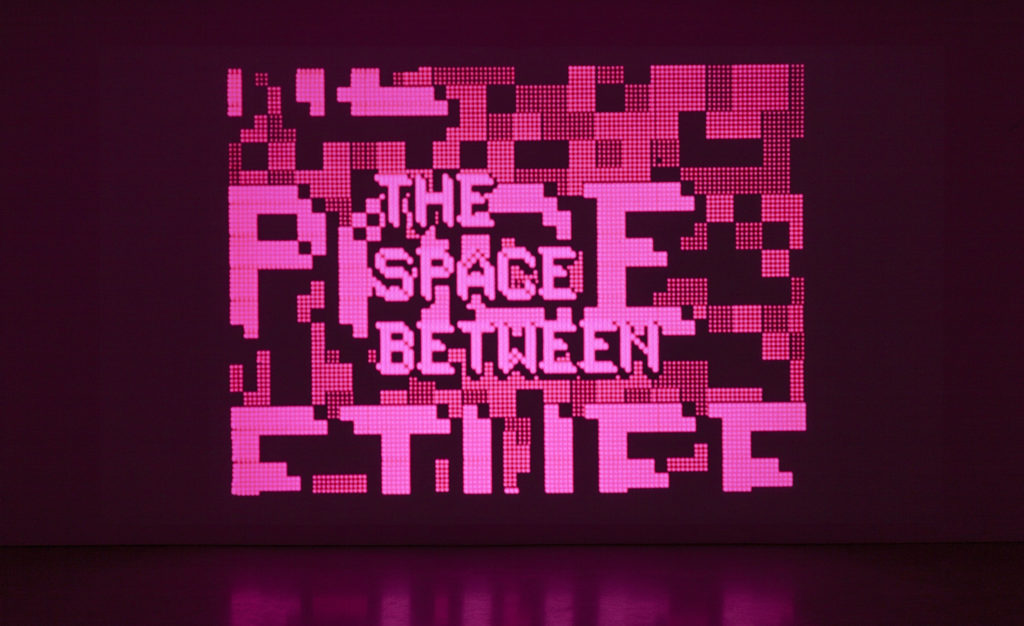
Poemfield No. 1 (1967, 5 minutes, color, silent, 16mm or digital file)

Poemfield No. 1 [blue version] (1967, 5 minutes, color, silent, 16mm or digital file)
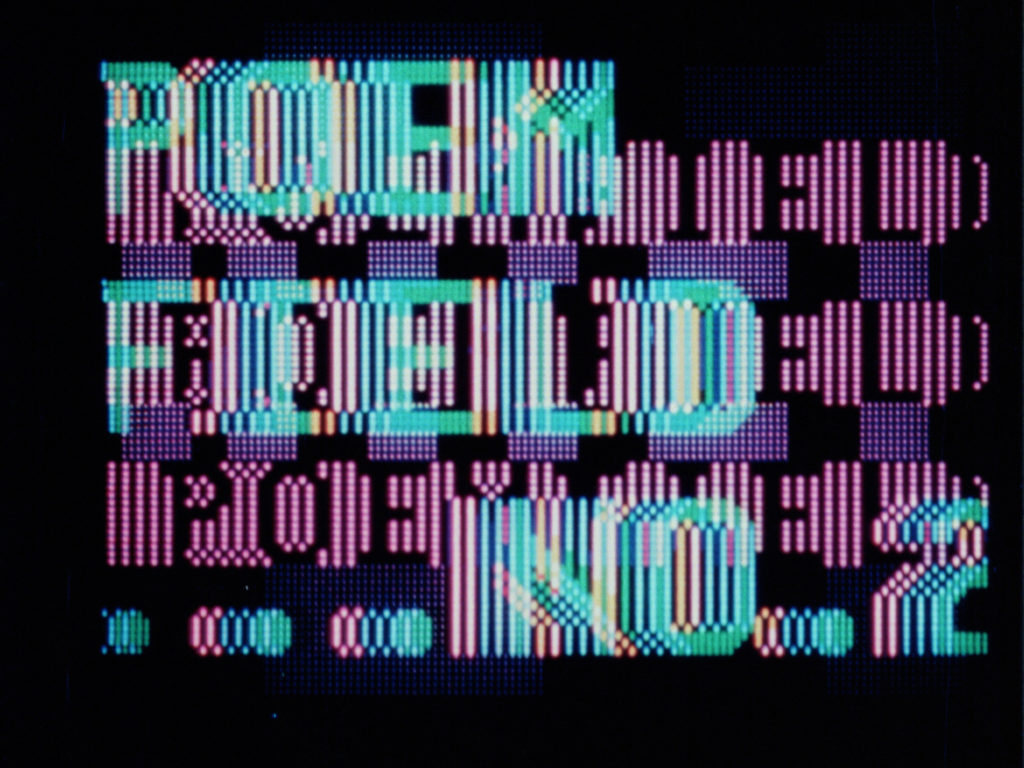
Poemfield No. 2 (1967-1971, 6 minutes, color, sound, 16mm or digital file)
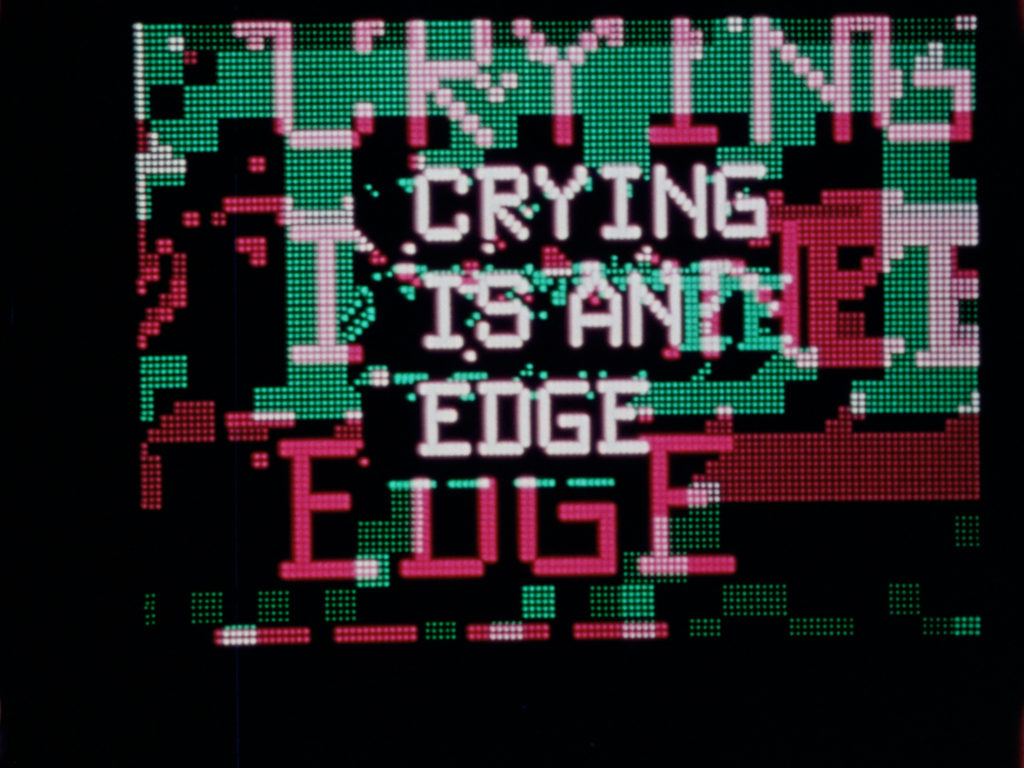
Poemfield No. 3 (1967, 10 minutes, color, sound, 16mm or digital file)

Poemfield No. 5 (1967, 7 minutes, color, silent, 16mm or digital file)
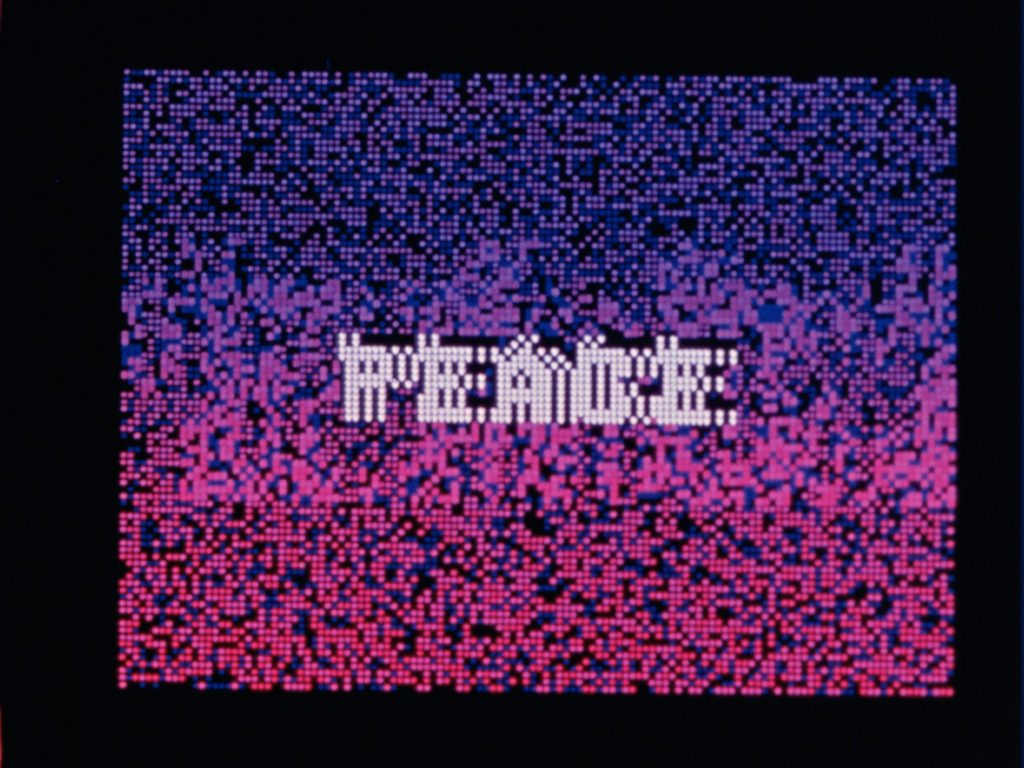
Poemfield No. 7 (1967-1968, 4 minutes, color, sound, 16mm or digital file)
COMPUTER ART SERIES is animated computer/graphic films. The series is called POEMFIELD. All of these films explore variations of poems, computer graphics, and in some cases combine live action images and animation collage; all are geometric and fast moving and in color. There are eight films in the computer animated art series. As samples of the art of the future all the films explore variations of abstract geometric forms and words. In effect these works could be compared to the illuminated manuscripts of an earlier age. Now typography and design are created at speeds of 100,000 decisions per second, set in motion a step away from “mental movies.” POEMFIELD No. 2 and 5 are all colorized by Brown and Olvey.
New Digital Files:
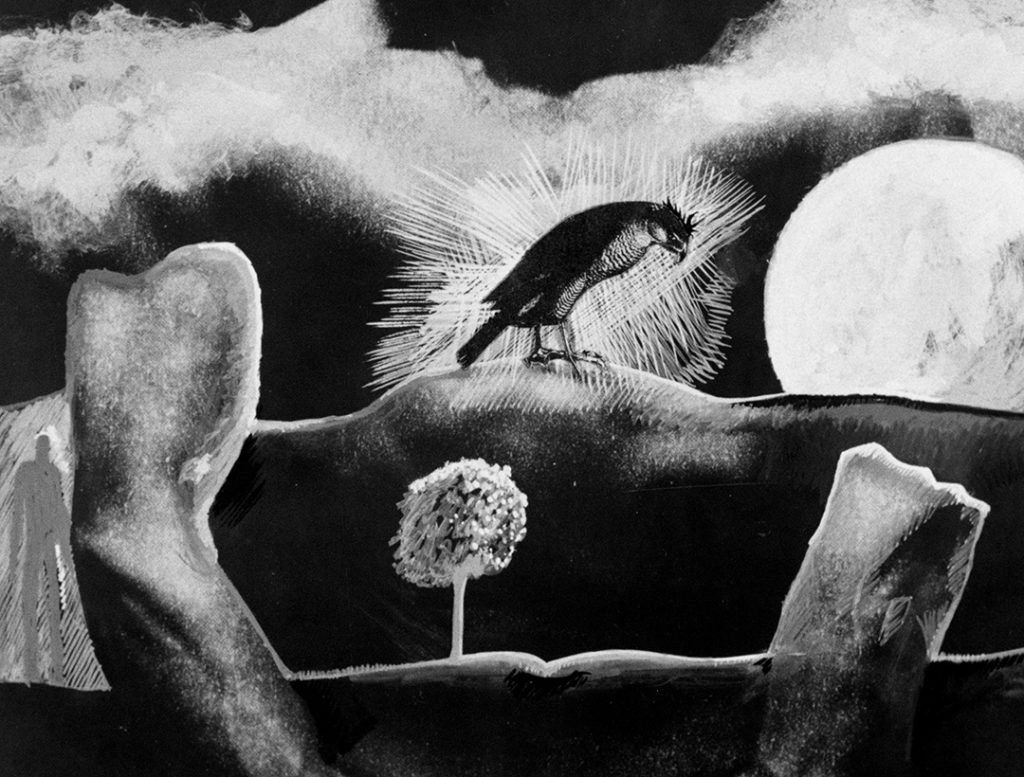
See Saw Seems (1965, 9 minutes, b&w, sound, digital file)
Juxtaposed to what we see, is what we think we see… that is, the memory of the dream is as real as the dream itself, but it is completely different from the dream. This film is an experiment in animation, in which the eye of the viewer travels deeper and deeper and deeper into each scene, finding new relationships and visual metaphors in what appears, at first sight, a simple scene. Symbolic intention is the mother of symbolic retention… that is, sight you are… if you think you are.
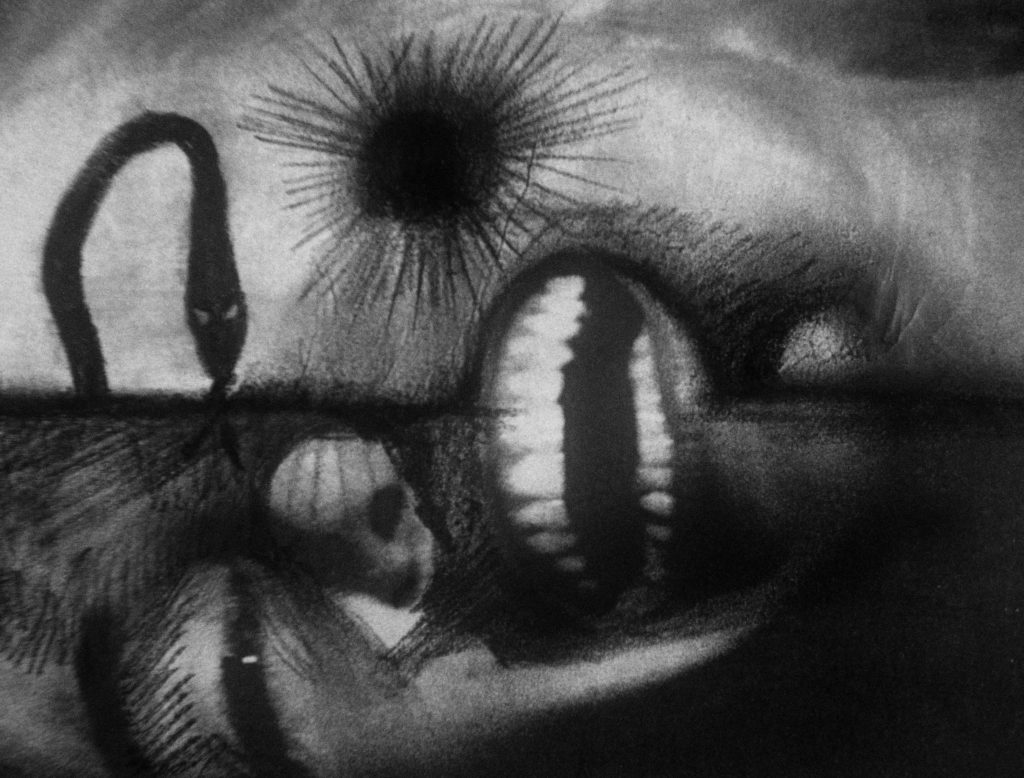
BreathDeath (1963, 14.5 minutes, b&w, sound, digital file)
Dedicated to Charlie Chaplin and Buster Keaton. A surrealistic fantasy based on the 15th century woodcuts of the dance of the dead. A film experiment that deals with the photoreality and the surrealism of life. It is a collage-animation that cuts up photos and newsreel film and reassembles them, producing an image that is a mixture of unexplainable fact (Why is Harpo Marx playing a harp in the middle of a battlefield?) with the inexplicable act (Why is there a battlefield?). It is a black comedy, a fantasy that mocks at death… a parabolic parable.
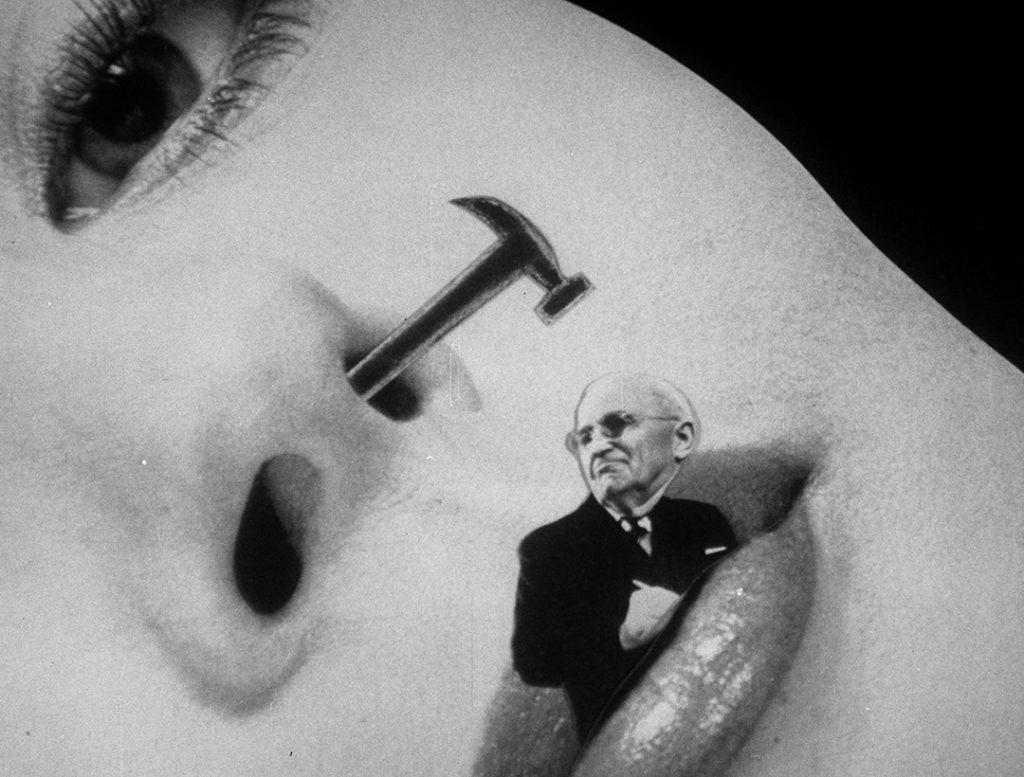
Skullduggery (1960, 5 minutes, b&w, sound, 16mm or digital file)
Double exposure and other methods are used to include animated collage “live” newsreel footage, mixing the eye with live scenes and unlive scenes, to jibe at world so-called leaders.
Credits:
Oh preserved 2022 by BB Optics.
BreathDeath, See Saw Seems, Skullduggery, What, Who, How, Wheeeels No. 1, Wheeeels No. 2, and Who Ho Rays preserved in 2019 by New American Cinema Group-Filmmakers’ Coop and Stan VanDerBeek Archive through the National Film Preservation Foundation’s Avant-Garde Masters Grant Program and The Film Foundation. Funding provided by The George Lucas Family Foundation.
Euclidean Illusions, Poemfield No. 1, Poemfield No. 1 [blue version], Poemfield No. 2, Poemfield No. 3, Poemfield No. 5, and Poemfield No. 7 preserved in 2017 by New American Cinema Group-Filmmakers’ Coop and Stan VanDerBeek Archive through a National Film Preservation Foundation Grant.
Many thanks to Chelsea Spengemann, Director of the Stan VanDerBeek Archive, for all of her assistance!


